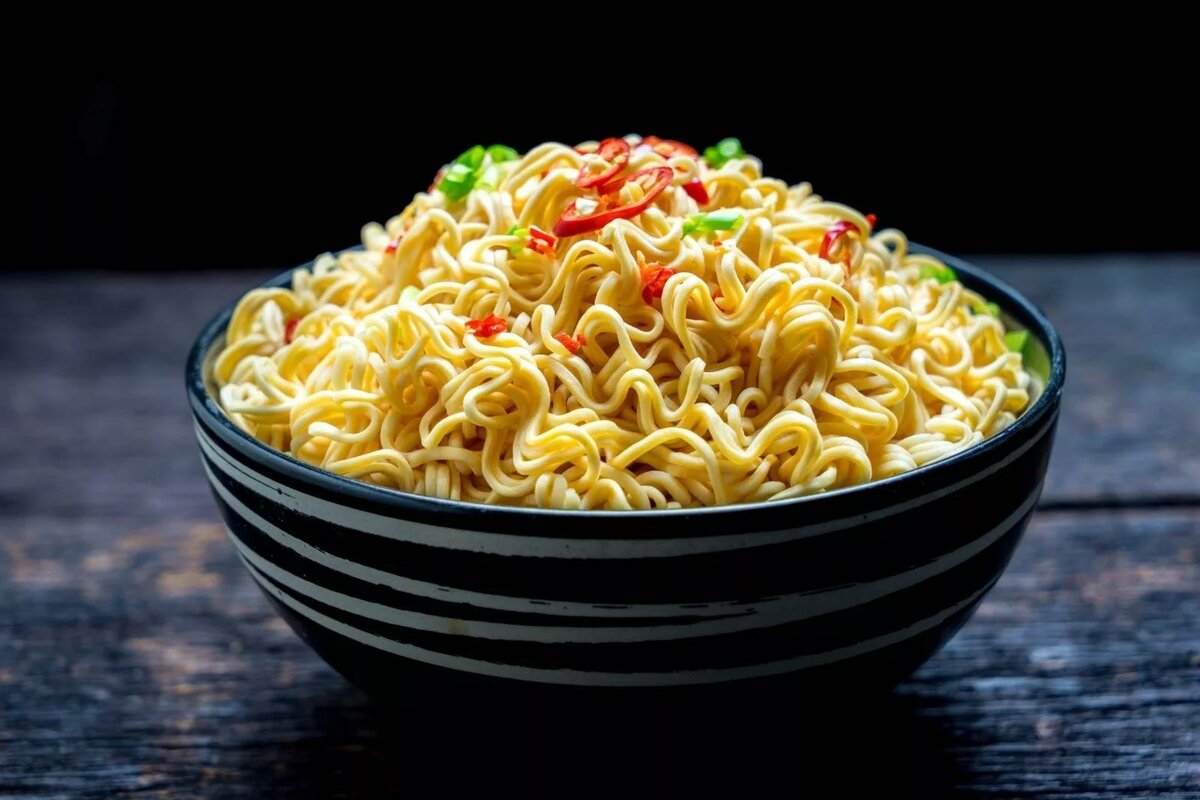Instant noodles, also known as ramen noodles or ramen, have become one of the most popular convenience food items consumed worldwide. Easy to prepare with just hot water, instant noodles provide an affordable, filling meal that can be enjoyed anywhere. However, beyond their convenience factors, instant noodles have also become deeply embedded in many cultures and cuisines globally. This article explores the history, popularity, and cultural aspects of instant noodles.
The Origins of Instant Noodles
Instant noodles were invented in 1958 by Momofuku Ando while he was working at Nissin Food Products Co., Ltd. in Japan. Ando was inspired by fried noodles that had become popular as a fast food in post-World War II Japan when resources were scarce. He wanted to develop a fast, affordable noodle product that could be easily prepared without requiring refrigeration or elaborate cooking utensils. After extensive research and experimentation, Ando created the first cup-type instant ramen noodle product that could be prepared by just adding hot water. His invention was an immediate hit in Japan as it perfectly fit the needs of a working population with limited time and resources. Within a few years, Nissin started exporting instant ramen noodles globally.
Rise in Popularity Worldwide
Instant Noodles soon became a staple food and snack item consumed worldwide. Their popularity grew rapidly through the latter half of the 20th century as working populations in other developing Asian nations embraced their convenience. Consumption spread beyond Asia to Europe, North America, and other parts of the world. Today, over 100 billion servings of instant noodles are consumed globally each year by people from all socioeconomic backgrounds. Their low cost and versatility have made them beloved worldwide, especially among students and those on busy schedules. Instant noodles have become deeply embedded in popular culture and slang terms as well.
Cultural Impact and Variations
In many Asian nations that embraced instant noodles early on, they have become an intrinsic part of the local cuisine and culture. In Japan, Korea, China, Vietnam, and other countries, classic noodle soups known as ramen, jjajangmyeon, and phở were adapted into popular instant forms. Local flavor profiles like soy sauce, sesame oil, fishpaste, and fresh herbs were incorporated. Cup noodle brands also developed region-specific flavors reflecting local tastes. Beyond Asia, countries have developed their own tweaks – Kurma flavor is popular in India while cheese and tomato are favorites in the West. Today, instant noodles are so much a part of daily life that entire TV shows and movies have been dedicated to their preparation and enjoyment.
Health Factors and Innovations
On the health front, while convenient, instant noodles are often high in fat, calories, sodium and preservatives needed for their long shelf-life. Excessive consumption has been linked to higher risks of obesity, heart disease and other issues. In response, manufacturers have introduced lower-salt, whole grain and protein-fortified options. Beyond flavor innovations, companies now offer broths, sauces and toppings to boost nutrition. Some brands utilize healthier oils, remove artificial preservatives and artificial flavors/colors. With growing wellness awareness, the future of instant noodles looks focused on balancing convenience with better-for-you profiles.
Sustainability is another priority area. Major brands now use biodegradable materials for cups and wrappers. They aim to reduce plastic waste and emissions in sourcing, packaging and transportation. Upcycling spent noodle waste into construction materials or fuel briquettes is an active area of research that can potentially alleviate environmental impact. If such initiatives gain scale coupled with improved nutritional offerings, instant noodles are likely to remain a popular global food well into the future while adapting to changing consumer and climate priorities.
Starting from humble roots as a solution to post-war food shortage needs in Japan, instant noodles have in the past 60+ years become one of the most ubiquitous convenience foods consumed worldwide. Beyond fillings bellies, they have developed deep cultural significance and variations adapted to local tastes. While health and sustainability issues still need addressing, continual innovations indicate the category is likely to remain an important part of daily meals and food culture globally. Their story highlights how an initially simple invention can profoundly impact eating habits and food trends internationally when properly meeting the key needs of convenience, affordability and portability.
*Note:
1. Source: Coherent Market Insights, Public sources, Desk research
2. We have leveraged AI tools to mine information and compile it


